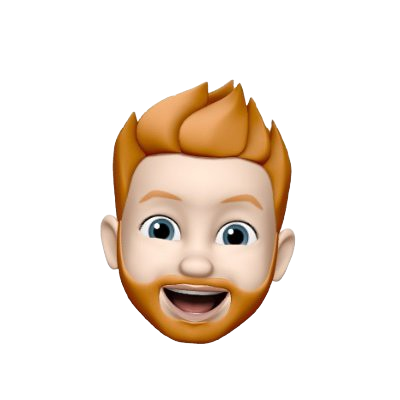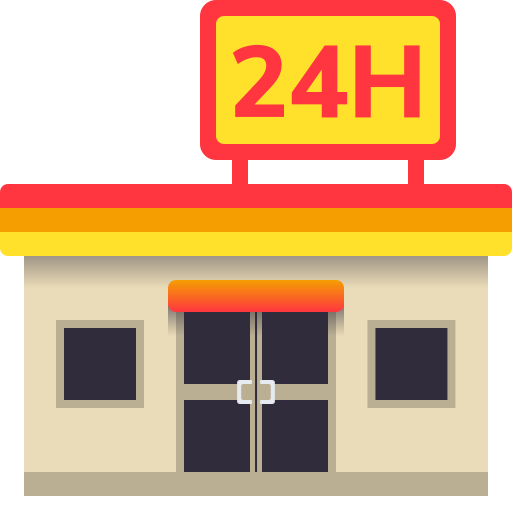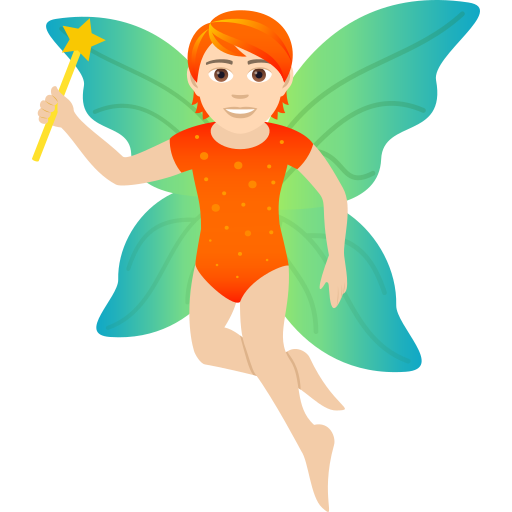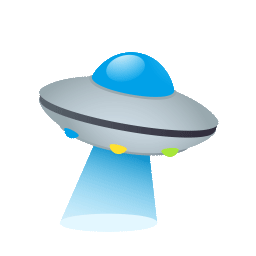
Neurodivergent
Neurodivergent is a term used to describe individuals whose neurological development and functioning differ from what is considered typical or neurotypical. This can include autism, ADHD, dyslexia, cPTSD and more.
Internal Battles
Growing up, I exhibited quirks and behaviors that were indicative of my neurodivergence, from my sensory sensitivities to sound, light, and taste to my tendency to collect things.
My journey has been shaped by a range of factors, from early childhood experiences to adolescent mental health struggles with anxiety and young adulthood marked by my first formal diagnosis of OCD after being hospitalized in 1990.
External Influences
Multiple traumas, including homelessness, the loss of a loved one, and violent attacks for being gay, as well as internal struggles with substance abuse, have contributed to my ongoing battle with CPTSD.
However, neurodiversity has also allowed me to adapt and thrive using technology as a form of accessibility in a world designed for neurotypicals, embracing my unique way of experiencing and interacting with the world.
Neurodivergent
Neurodiversity is an integral part of my identity and journey in how I learned to adapt to and use technology as an accommodation.
OVERVIEW
Neurodiversity
Neurodiversity is a term used to describe the natural variations in the human brain, including differences in the way people think, feel, and process information. These differences can manifest as conditions such as autism, ADHD, dyslexia, and others. Additionally, neurodiversity can also refer to traits that are not necessarily considered conditions, such as high sensitivity, hyperfocus, rejection sensitivity, aphantasia, and more.
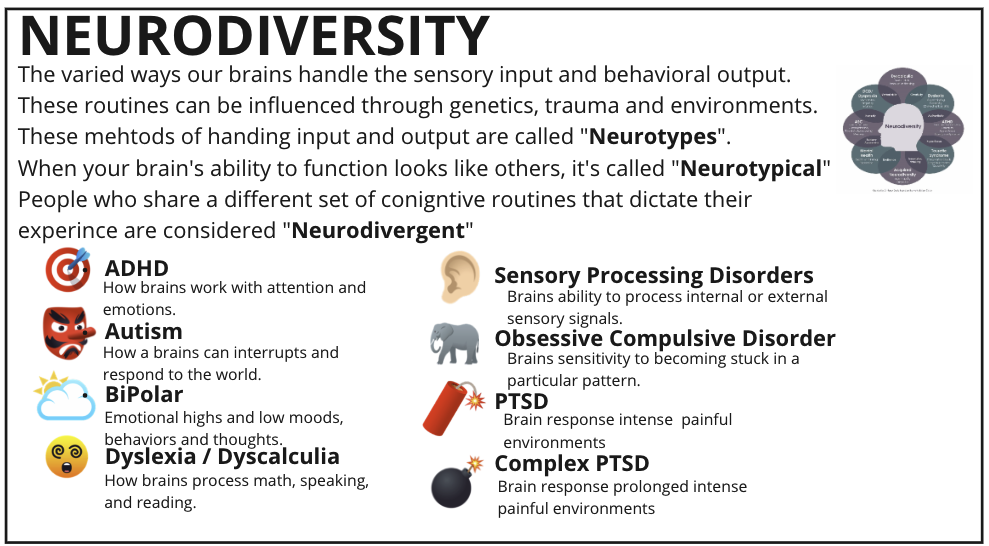
How Brains Handle Input / Output
Everyone's brain is different. Our brains function on conditions from how they were created to how they were influenced by situations and life. A collection of responses to inputs and outputs.
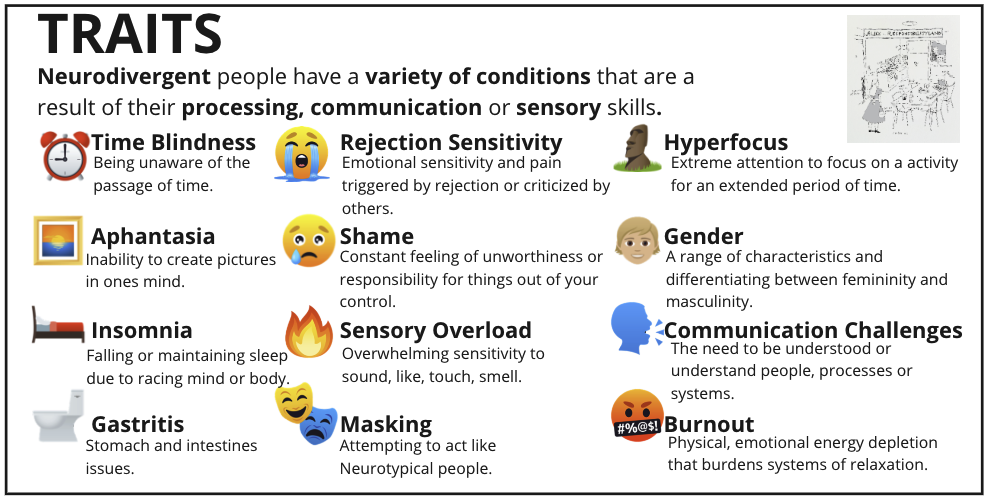
Conditions Aligned to Responses
Our brains have a way of creating and maintaining functioning states to blend with a neurotypical world. Some of these leave us feeling alienated or elated.
CHRISTORY
🧠The 80s and My Mind
In the 70s and 80s, "neurotypical" and "neurodivergent" were not yet part of our vocabulary. However, I was already being labeled as "focused," "quirky," "an old soul," "intelligent," and "wise" due to my behaviors and mannerisms. While other kids were watching cartoons, I was absorbed in encyclopedias and catalogs of hobbies and collectibles.
I also struggled with sensory sensitivities, preferring to be in perfectly controlled spaces for lighting, temperature, and sound. At 16, I experienced my first panic attack and was told by my father that I was simply "thinking too much," not knowing that this experience would eventually lead me to seek out an understanding of neurodiversity and mindfulness.
70s CHILD - 80s TEEN
🎶 My Own World
As a child, my mind was attracted to complex systems or history. Where some children loved toys, I loved toy labels. Where some teens worshiped independence, I was attracted to inner and outer world-building.
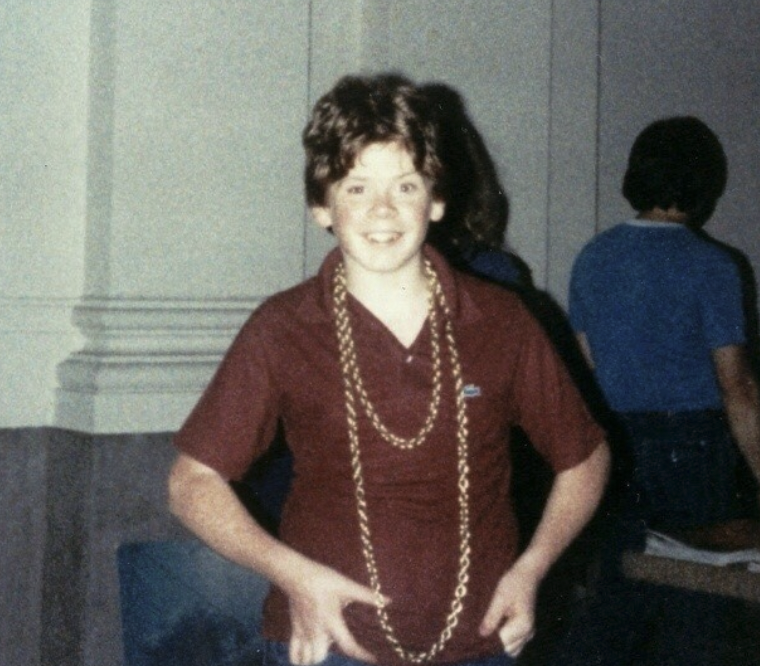
Absorb Into History
In elementary school, I struggled with many challenges around food sensitivity, a fascination with historical items, and a decade of chapped lips. A bedwetter until the age of 12 who carried a "comfort blanket" called my "wag-new". I was considered learning disabled until the age of ten, when I was diagnosed with a hearing problem.
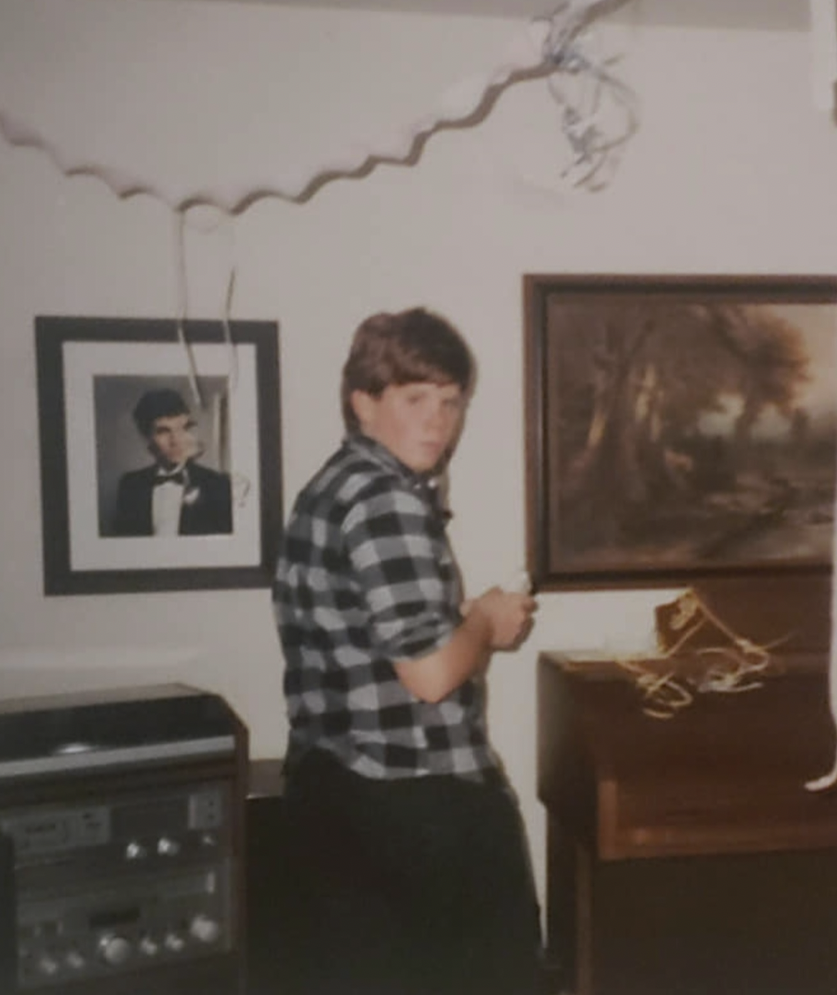
Together Alone
Throughout my teen years, I tended to focus on being alone. I had a motor scooter and would drive for hours through the woods; at parties, I would hide in corners, studying how other people lived.
The world fascinated me, and rituals took hold of my day-to-day behavior. From dressing in a specific order to carrying around objects to protect me.
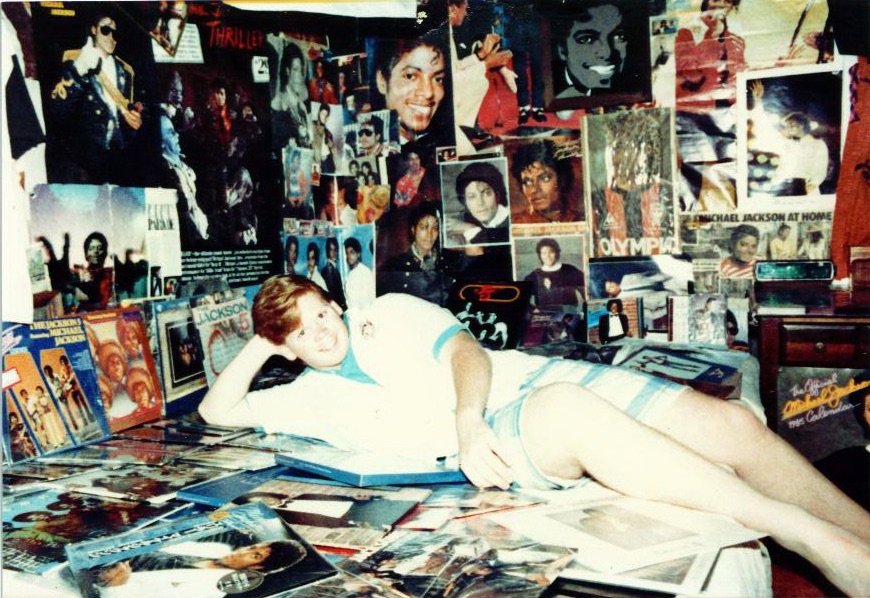
Collections & Hobbies
My symbiosis with machines started with Michael Jackson. At the same time, my gender identity was pulled by the genderless early 80s; my brain was using an IBM PC to catalog my collections, hobbies, and day-to-day interactions. I started to see everything as a connection to something else. A piece of Michael Jackson memorabilia was tied to a date, album, video, or cultural event.
CAROUSEL OF IDENTITY
About me
My identity has formed in layers throughout my life, starting with my gender identity, moving through my neurotype into my relationship with technology, and finally landing in the realm of the spiritual as a practicing technopagan.
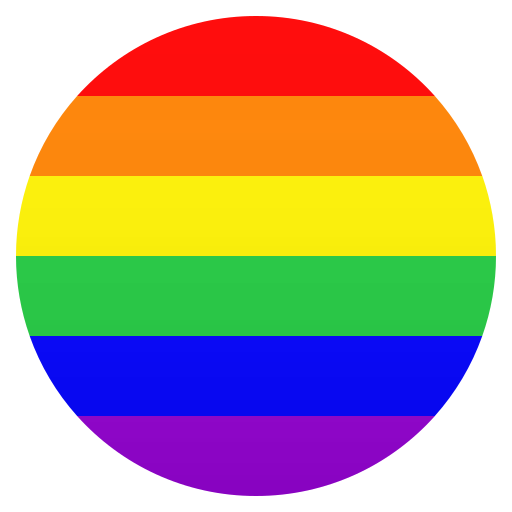
Nonbinary
Nonbinary is the foundation of my identity. It represents the lack of duality and the continual quest for integration into everything.

Neurodivergent
Neurodiversity is an integral part of my identity and journey in how I learned to adapt to and use technology as an accommodation.
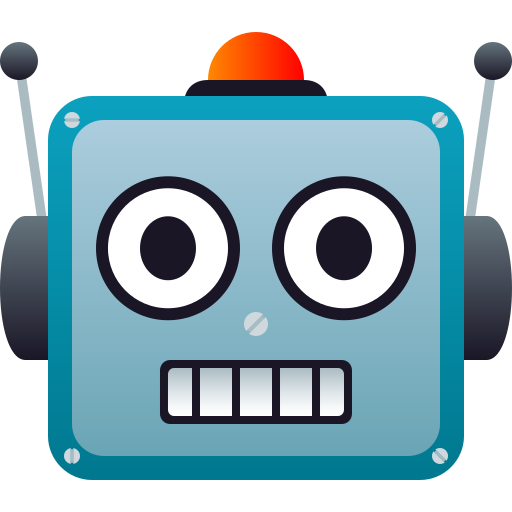
Mindful Cyborg
Being a mindful cyborg has helped me extend my humanity beyond my physical and mental capacity by embracing technology as an extension of my values.
